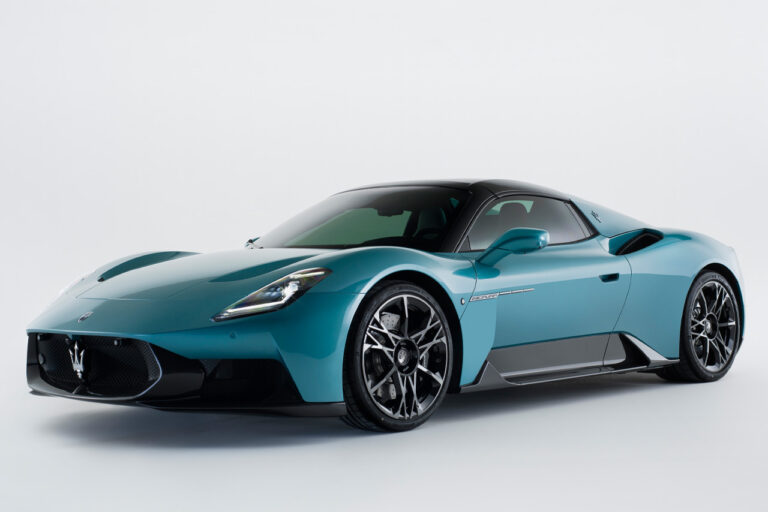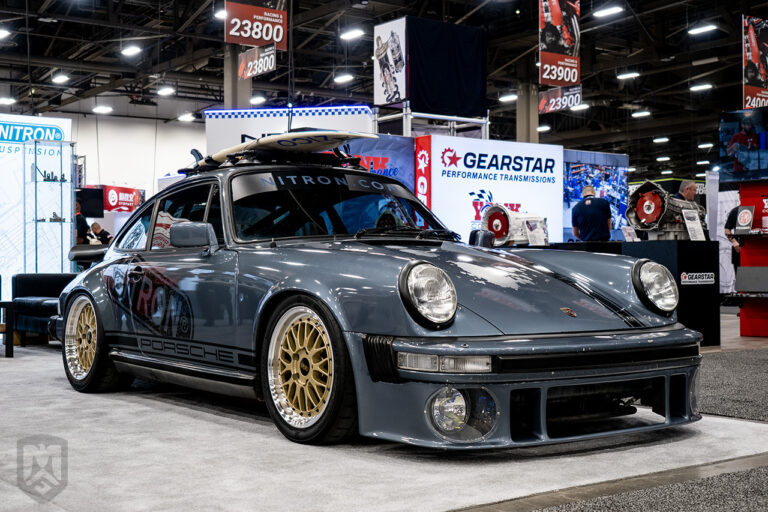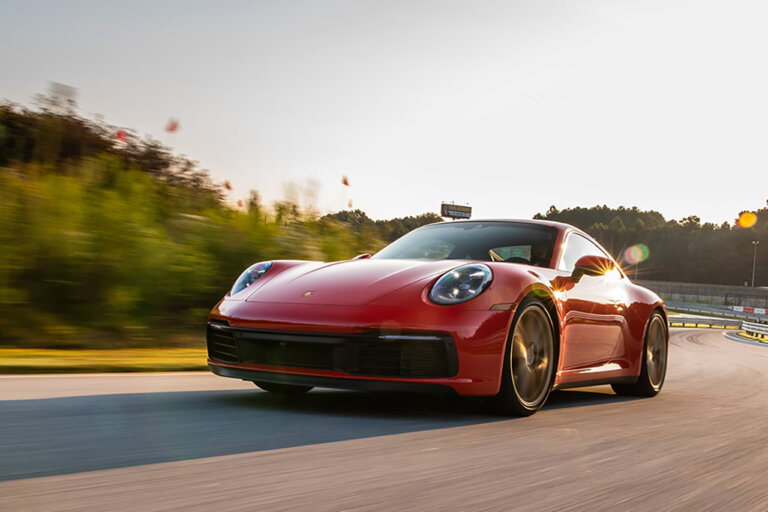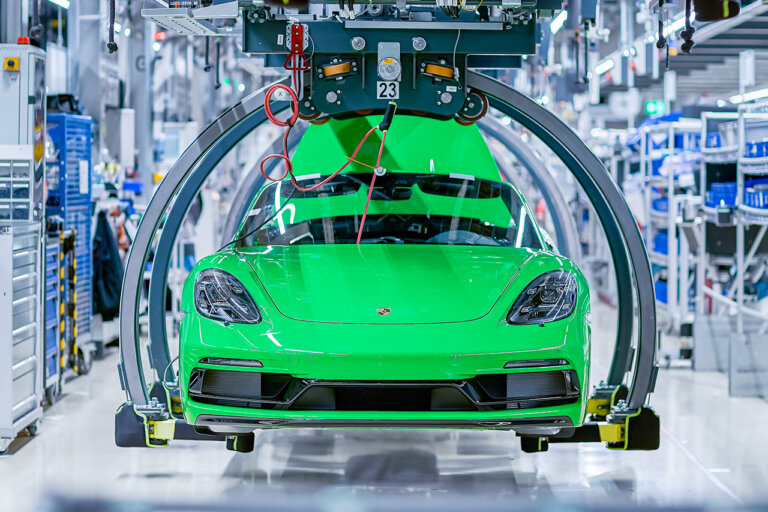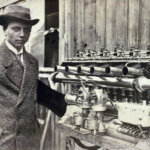The Second Generation
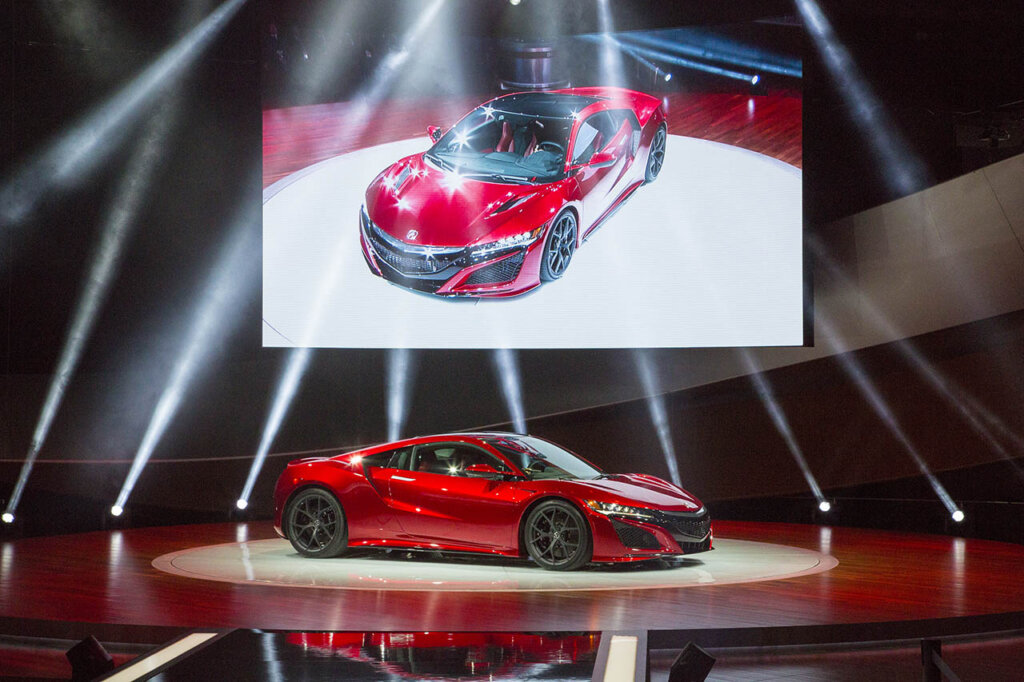
Concept and Development
In July 2005, Acura, Honda’s luxury brand in North America, announced the development of a successor to the first-generation NSX, which would replace the original model by the end of the year. The news was confirmed by Honda America’s CEO, Tetsuo Iwamura, in December 2007, revealing that the new sports car would feature a V10 engine and would be available in the market by 2010. Prototypes of the vehicle were spotted undergoing testing at the Nürburgring in June 2008, where Honda’s CEO Takeo Fukui issued a challenge to the developers to make the car faster than the Nissan GT-R on the track. However, in a speech on December 17, 2008, Fukui announced the cancellation of all plans for the next-generation NSX due to poor economic conditions.
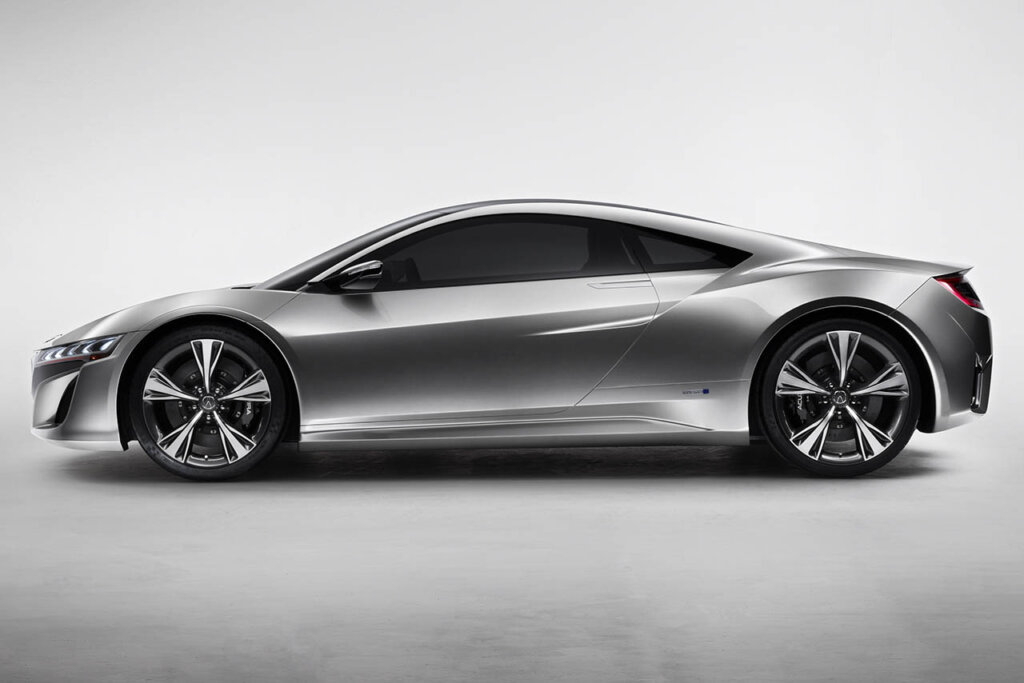
Source: Acura News
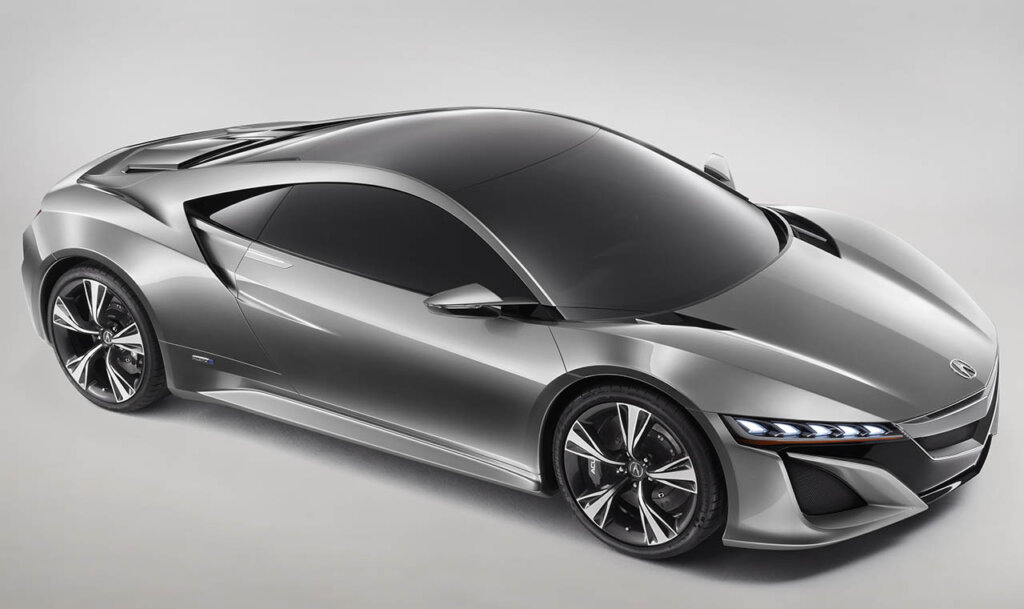
On January 9, 2012, Acura unveiled the 2012 NSX Concept to the public, showcasing its mid-engined design and confirming the integration of a hybrid system called SH-AWD. This system utilized two electric motors on the front wheels and one on the rear wheels, complementing the combustion engine and forming a hybrid powertrain. The concept aimed to leverage the advantages of electric motors, such as instant torque delivery, increased power output, and improved efficiency. The following year, a refined version of the concept, the 2013 NSX Concept, was unveiled, displaying styling that was closer to the final production car. The development team sought to capture the essence of the original NSX, and they engaged with the creators of the first-generation model to gain a deep understanding of its philosophy. The goal was not to create a mere updated version of the original but to design a completely new car that retained the core values of its predecessor. This led the team to develop a new longitudinally-mounted, twin-turbocharged, 3.5-liter V6 engine with higher performance capabilities than its predecessor.
Second Generation (NC1, 2016 – 2022)
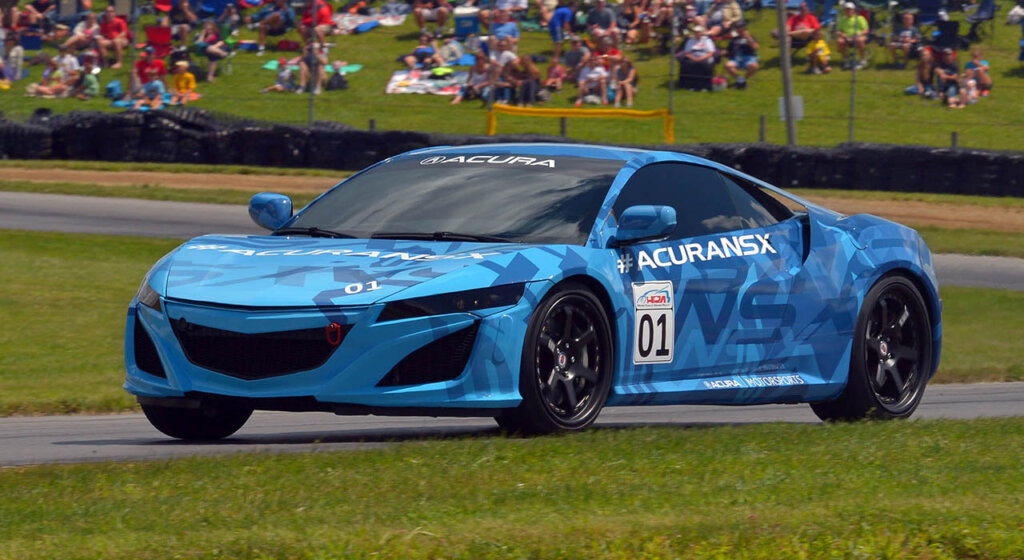
Source: Acura News
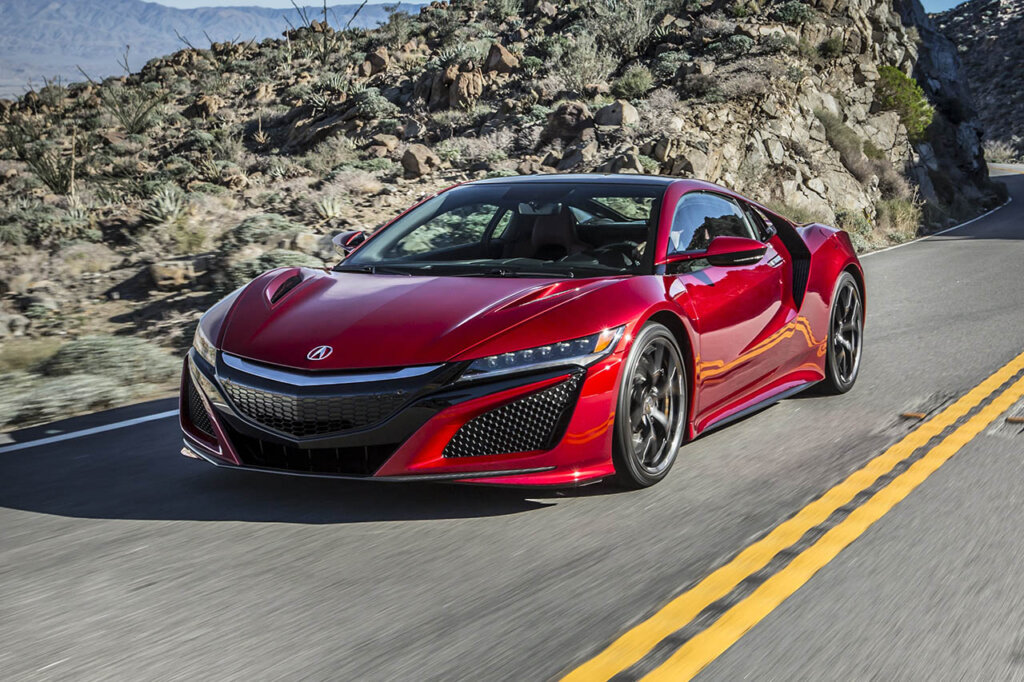
Source: Acura News
After a 10-year hiatus, the Acura NSX made its triumphant return at the 2015 North American International Auto Show. The second-generation model features technological advancements as well as embodying the concept of a hybrid supercar, fusing a twin-turbocharged V6 engine with three electric motors for unparalleled performance and efficiency.
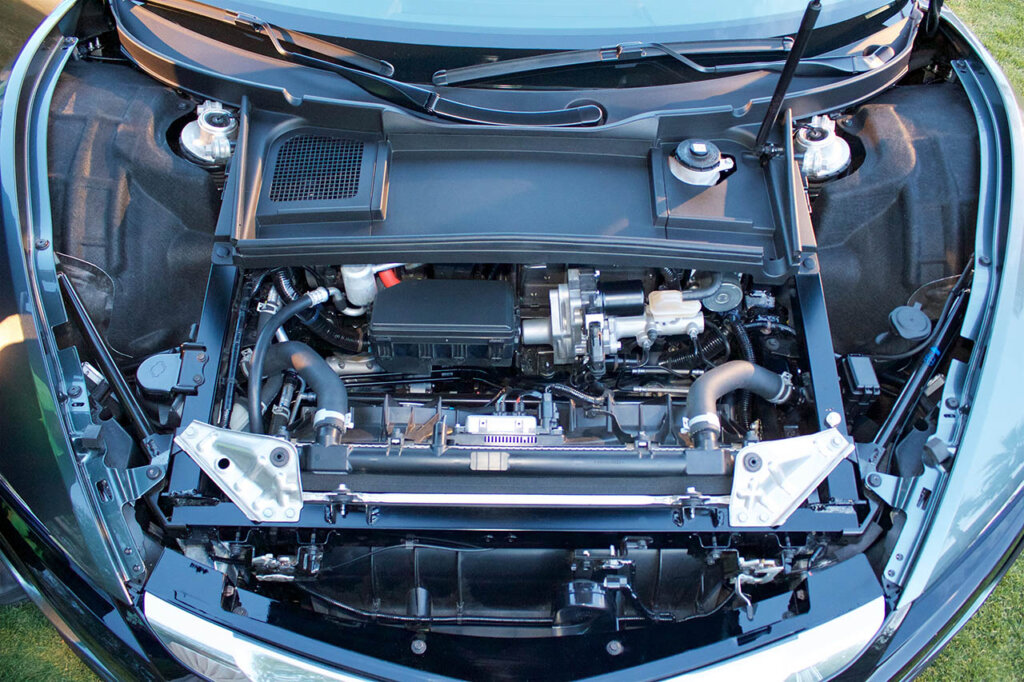
Source: Acura News
The second-generation NSX showcased a stunning, aerodynamically sculpted exterior that honored the original’s timeless design, while incorporating modern design cues. Its exterior body panels combine sheet molding composite and aluminum, striking a balance between strength and weight reduction. Inside, the cabin provided a seamless blend of luxury and technology, enveloping the driver in a sophisticated and ergonomic environment.
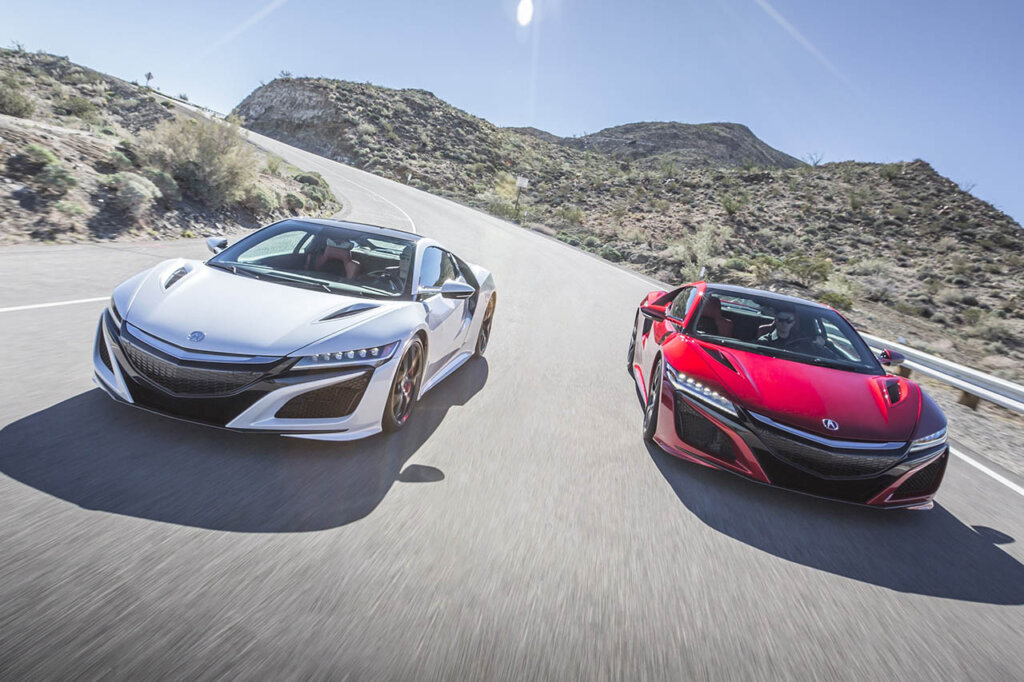
Notably, the second-generation NSX placed a significant emphasis on advanced engineering, employing the latest technologies such as the Sport Hybrid Super Handling All-Wheel Drive™ system, allowing for superior handling and exceptional cornering capabilities. This hybrid powertrain enabled the NSX to achieve remarkable performance figures while maintaining environmental consciousness.
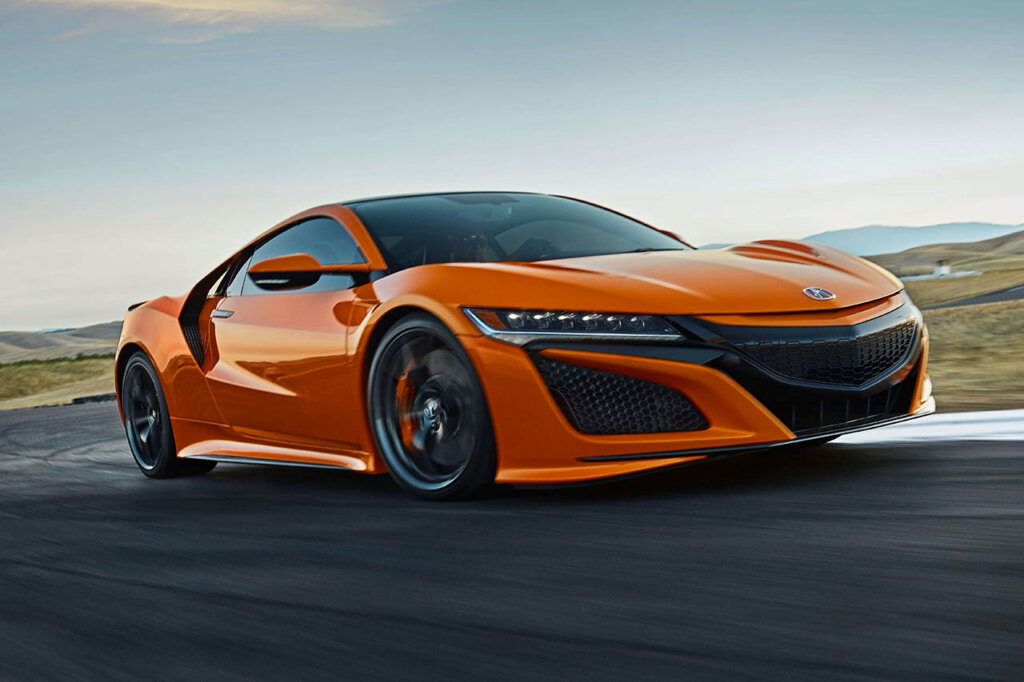
Source: Acura News
Much like the first generation, the second generation NSX had variants of their own. Honda announced improvements for the 2019 Acura NSX. These enhancements focused on enhancing performance and driving dynamics. To complement these upgrades, specially developed Continental tires were introduced, and optional Pirelli P Zero Trofeo R tires became available. The Sport Hybrid SH-AWD system, active magnetorheological dampers, electric power steering, and VSA settings underwent software optimizations.

Source: Acura News
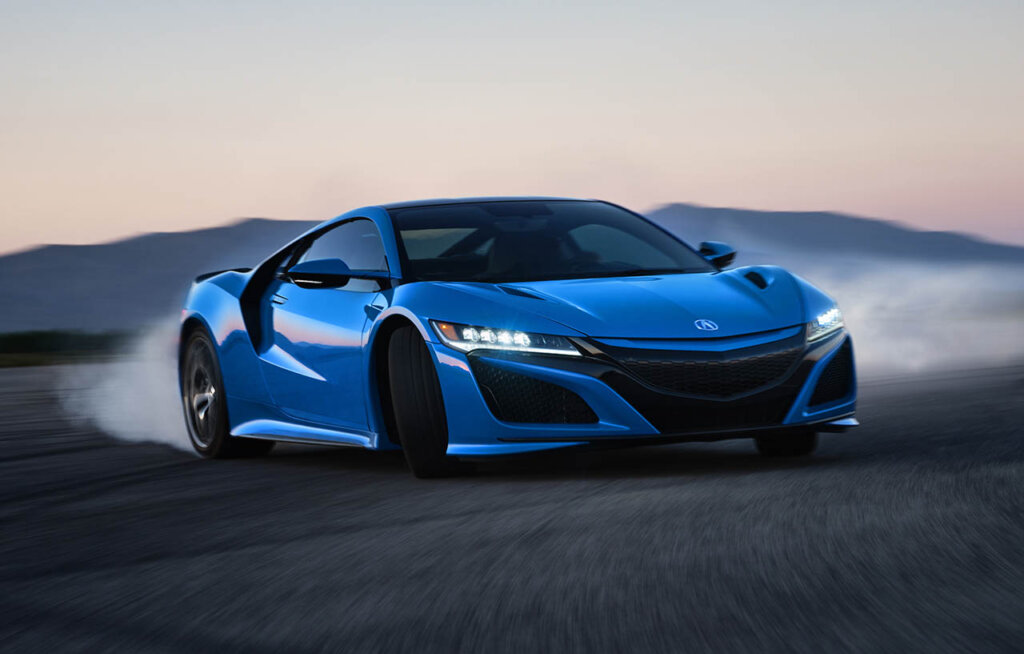
The NSX Type S was another NSX variant in the Acura NSX lineup. Introduced in 2022, this limited-edition variant takes the already impressive NSX to new heights with enhancements that elevate its driving dynamics and aesthetics. Under the hood, the NSX Type S features an upgraded version of its hybrid powertrain, delivering even more power and responsiveness. The twin-turbocharged V6 engine, combined with electric motors, produces exhilarating performance figures, ensuring thrilling acceleration and precise handling. However, due to poor sales and Acura’s new focus on electric vehicles, this limited-production NSX model also marked the car’s final year of production.
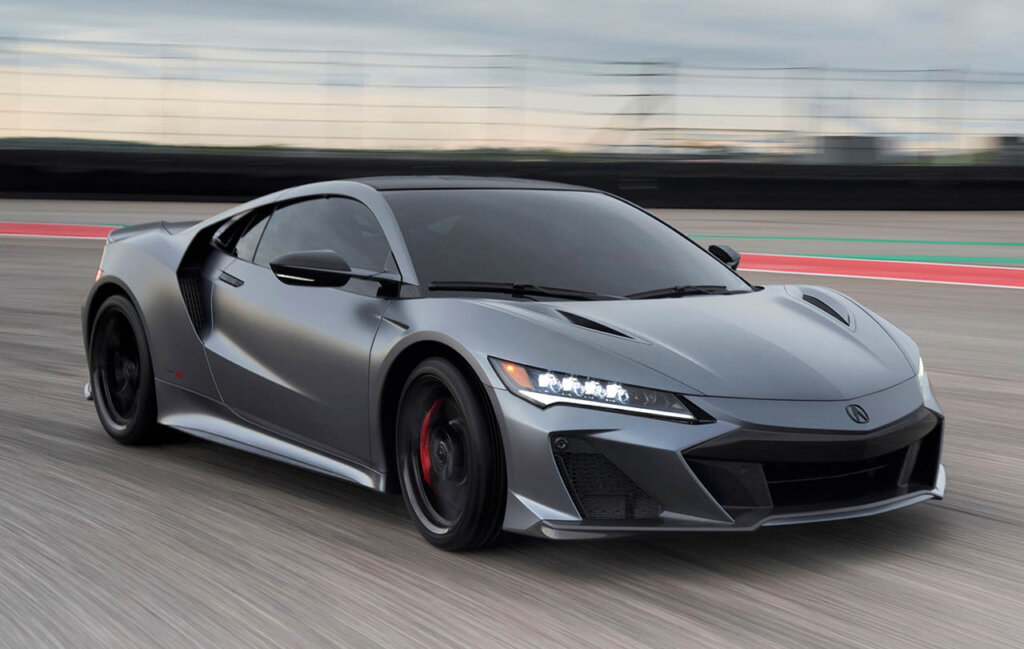
Source: Acura News

Source: Acura News

